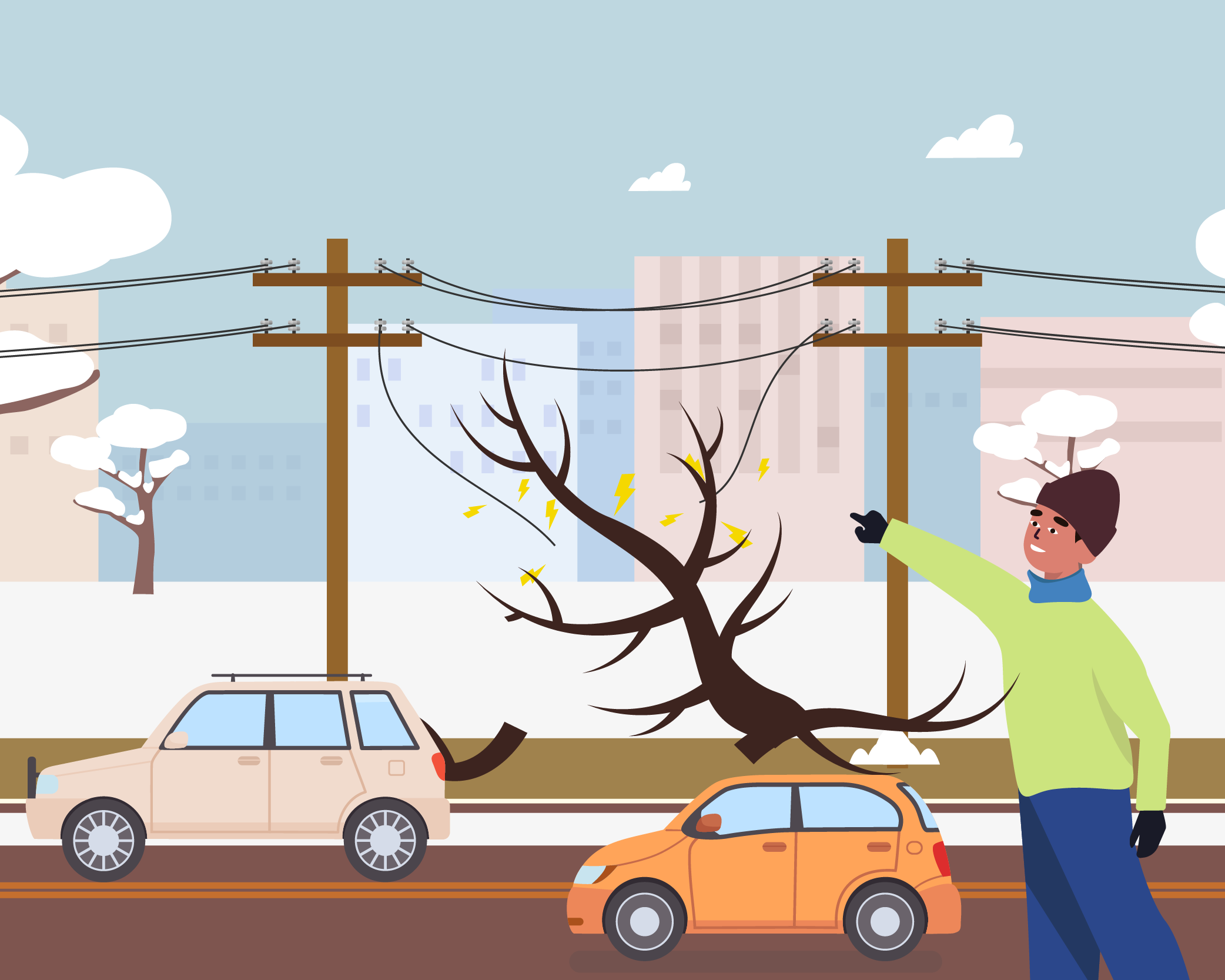Understanding the phases of a disaster
Phase 1: Rescue
The Rescue phase is typically up to two weeks long and the focus is on saving lives and securing property.
This work is generally done by the police, fire departments and other government agencies. These groups have equipment that can clear roads and debris and restore power. They also maintain specialized systems for mass distribution and storage.
During the Rescue phase, donate money instead of items and do not self-deploy because doing this often adds more stress to the community. Read more
Phase 2: Relief
The next phase is the Relief phase, typically lasting up to a few months.
Depending on the scale of the disaster, during this phase, the local church reaches out to those in need of assistance, and assesses what needs to be done.
Leaders then coordinate with a number of organizations, including Episcopal Relief & Development, and securing the resources for the long-term Recovery phase.
Phase 3: Recovery
During Recovery, the emphasis shifts to repairing houses and buildings and returning survivors to self-sufficiency.
Finally, out-of-town volunteers are often welcomed and the community knows what kinds of items they need and can receive.
The challenge of the Recovery phase is that most of the television cameras have moved on, but the human suffering has grown.
The Church excels in this phase because we are part of the communities that have been impacted, and the relationships we’ve built even before a disaster remain in place for years it will take reach a new normal.
PRAY
PRAYER RESOURCES FOR WORSHIP AND INDIVIDUAL PRAYER



